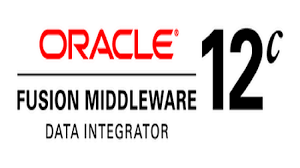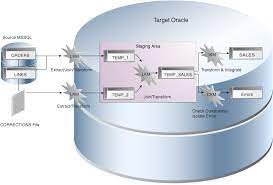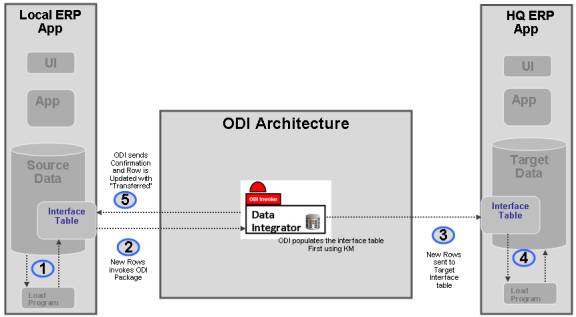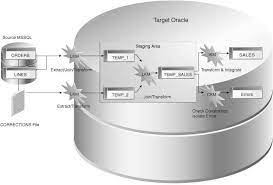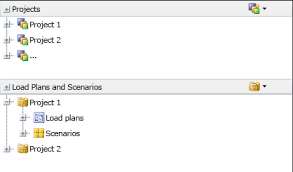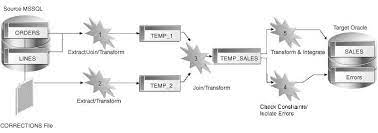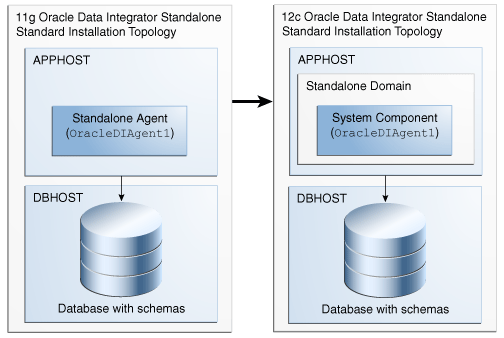21
Sep
Oracle Data Integrator (ODI) has a distributed architecture that consists of various components working together to enable data integration and management. Here's an overview of the key components and their roles in the ODI architecture: ODI Studio: ODI Studio is the graphical development environment used for designing, building, and managing data integration processes. It provides a user-friendly interface for developers to design interfaces, mappings, and transformations. ODI Studio allows users to define connections to source and target systems, create data models, and configure integration scenarios. ODI Repository: The ODI Repository is a centralized database that stores all the metadata related…



